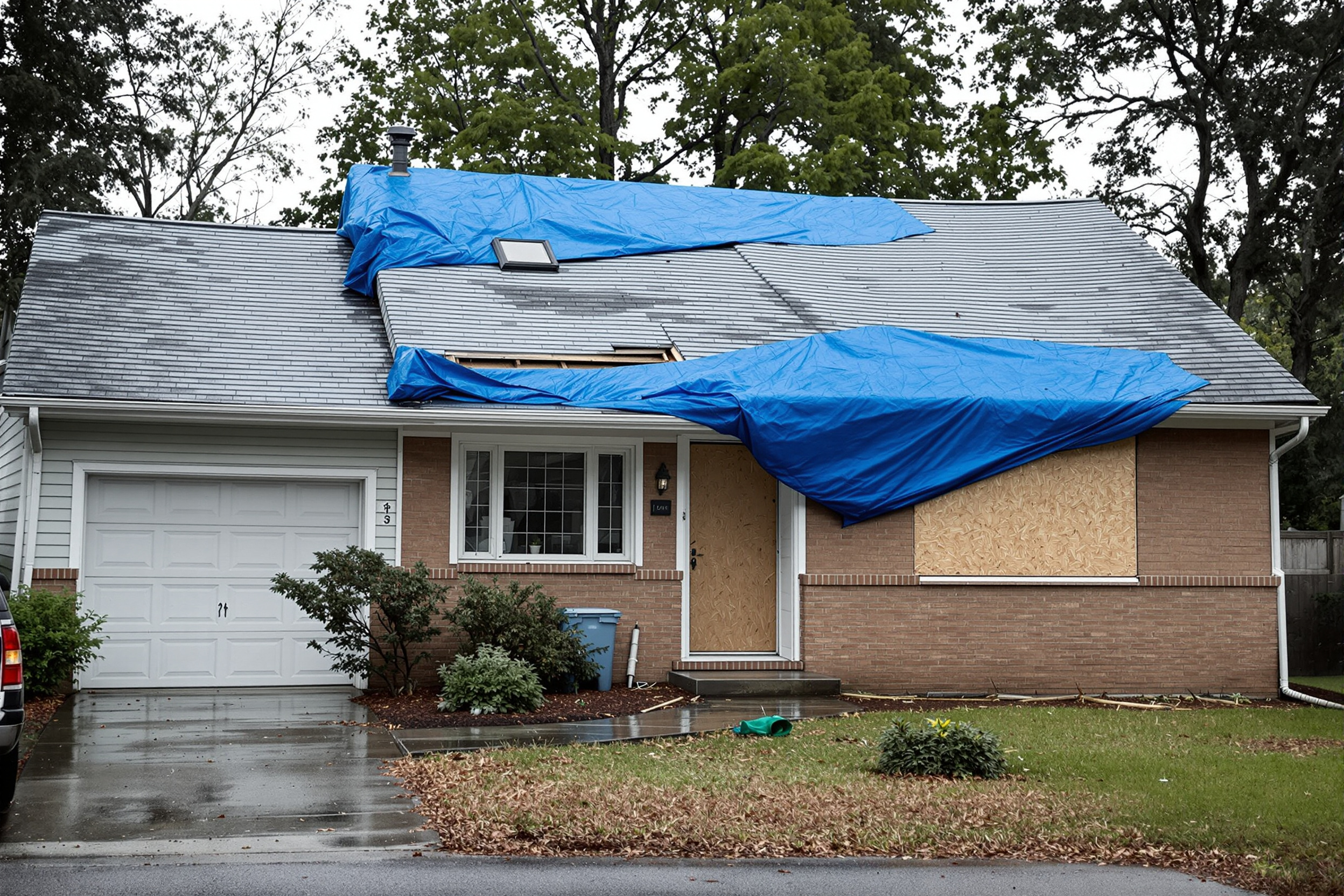The insurance industry exists and thrives on the notion of predictable revenue and expected losses. For years, insurance companies have run models based on different weather events and have used that data to develop a relatively balanced business model. However, the last several years have seen an uptick in unpredictable weather events that have affected different parts of the country and the world.
Regardless of why the climate is changing—whether it’s global warming or part of a natural climate cycle—the fact of the matter is that the climate is changing. As such, it’s become a challenge for insurance companies to model potential risks and write policies based on those predictions alone. Damage claims have started to exceed what was initially planned for based on loss predictions. Meanwhile, there’s only a finite amount of money available to pay out losses. The changing climate is impacting everyone’s bottom line.
Recent Storms and Insurance Payouts
An unexpected deep freeze in Texas in February 2021 wreaked havoc on local infrastructure, resulting in over 500,000 insurance claims and $5.8 billion in payments to Texan policyholders. In 2022, Hurricane Ian became the third-costliest storm on record, resulting in over $116 billion in losses. In total, natural disasters resulted in global economic losses of $275 billion in 2022, with insurance covering $125 billion in losses. By the end of August 2023, the United States set a record for having 23 climate catastrophes and weather events that cost at least $1 billion—breaking the previous record of 22 set in 2020.
How Do Insurance Companies Determine Premium Costs?
When determining the financial risk associated with underwriting a policy, insurance companies use various models and data, including probable maximum loss (PML). PML is the maximum loss an insurer expects to incur on a policy and represents the worst-case scenario provided existing safeguards—such as fire sprinklers or flood barriers—succeed. To determine a policy’s PML and set the premium cost, carriers often review past loss experience for similar perils, demographic and geographic risk profiles, and industry-wide information.
By taking these factors into consideration, insurance companies are able to get an idea of how much exposure they have on their books and use it to guide them when writing new policies. Using this data to create a relatively balanced business model allows insurance companies to spread their risk across all policyholders.
How Insurance Companies Compensate for Natural Disasters
As natural disasters become more frequent, severe, and unpredictable, there are three ways insurance companies will likely navigate the changing market.
Raise Rates
More and more, insurance carriers are increasing premiums for new and existing policyholders to compensate for increases in costly claims. Some real estate investors with lower-risk properties might wonder why their premiums are increasing along with those of owners in high-risk areas. Essentially, premiums increase for everyone to balance out the claims coming from high-risk zones.
Pull Out of States
While this solution might not be ideal, it is realistic. Look, for example, at the insurance market in California. To ensure that insurance companies don’t overcharge customers, California law requires approval for rate hikes, and any request higher than 6.9% requires a public hearing. However, due to these restrictions and the rising cost of claims, some insurance carriers have recently decided to no longer write new policies in California. After a certain period of time, these companies can come back to California and refile—with their desired rate increase.
Even if insurance carriers don’t pull out of states completely, they can implement a moratorium in certain regions when a natural disaster is predicted. They can also assess their risk in different counties and choose to stop writing policies if they determine they are overexposed.
Go Under
If an insurance company incurs more claims than it has the capital to cover, it might have to go out of business completely.
Control What Can Be Controlled

Unfortunately, there isn’t a lot that real estate investors can do to combat the rising cost of premiums as it relates to weather events. No one can stop a hurricane, right? However, investors can work to minimize and mitigate claims that are within their control by:
- Updating electrical wiring: Potential fire hazards could be avoided by ensuring the electrical wiring is updated and in good condition.
- Keeping working smoke detectors and fire extinguishers on the premises: The sooner a fire is extinguished, the sooner potential damage can be minimized. Having working smoke detectors and fire extinguishers can help ensure that your rental property is sufficiently prepared in the event of a fire.
- Installing flood and moisture sensors: In the event of a burst pipe or flooding, flood and moisture sensors can detect water quickly, keeping water damage to a minimum.
- Inspecting the property regularly: Conducting regular inspections can help detect issues before they turn into big problems. Inspections should include checking under sinks, testing the smoke detectors, replacing furnace filters, and looking for obvious signs of damage.
By only allowing claims to be dictated by factors that are totally outside of their control, real estate investors can achieve some peace of mind when it comes to the impact of natural disasters.
Technology as a Solution
As the climate continues to evolve, it’s important for insurance companies to develop and implement technology that better serves their customers and their own bottom line. The insurtech industry has disrupted the traditional way of writing business and has forced innovation in an industry that hasn’t changed much in over a century.
Obie is a data-driven technology company taking a forward-looking approach to how we underwrite policies and how we build technology into our infrastructure. Incorporating novel and proprietary data sets into our technology helps us maximize the number of people we can cover and maximize the coverage we offer.
If you’re looking to get the right protection based on your rental property’s risk, Obie can help. We’ve applied our data-driven approach to our technology so you can get a quote for your unique rental property within minutes.







